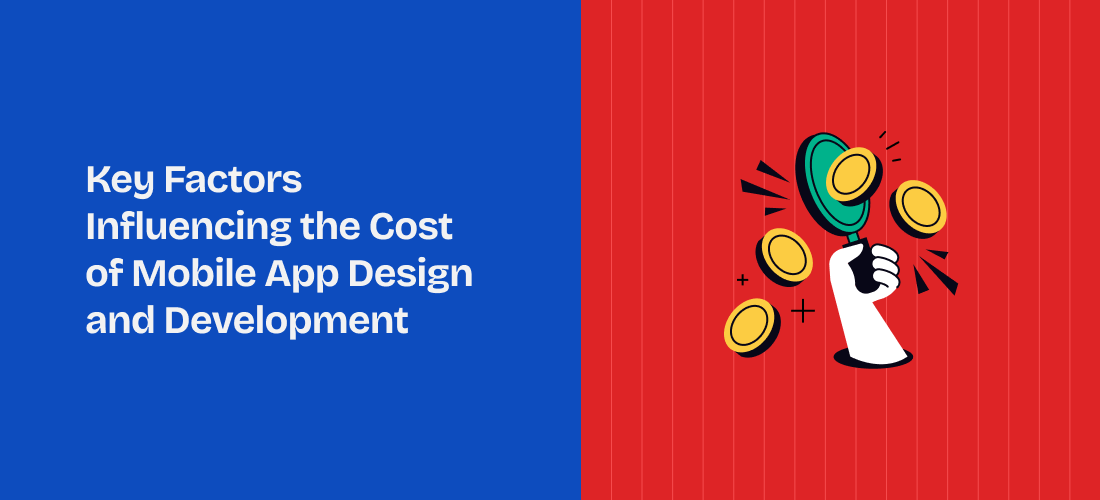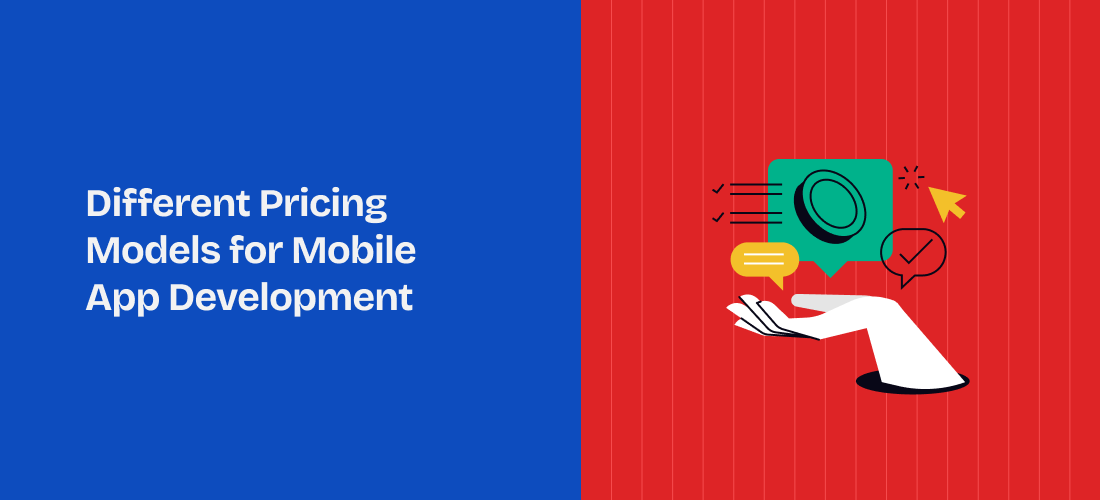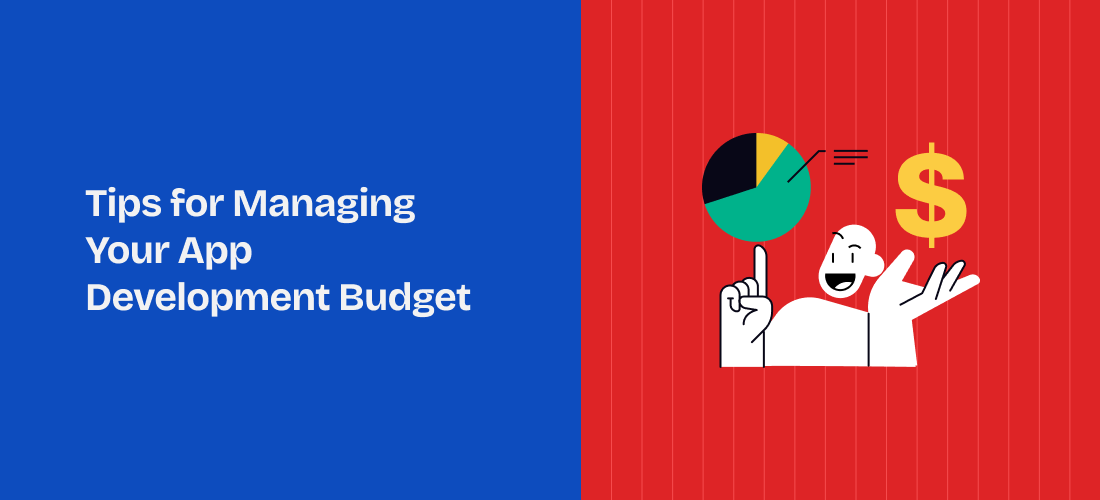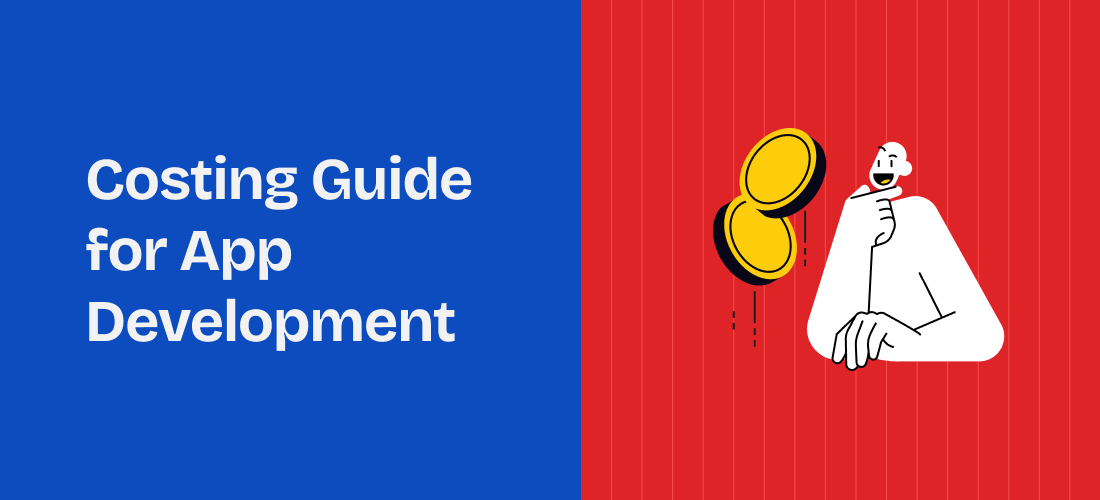Mobile apps have become an essential component of business strategy, offering a powerful platform to engage customers, streamline operations, and drive growth. Whether you’re a startup looking to disrupt the market or an established company seeking to expand your digital footprint, mobile app design and development is a significant investment, requiring careful consideration of various factors, from the initial concept to the final deployment.
In this blog, we will break down the key components of mobile app development costs, explore different pricing models, and provide a detailed costing guide to help you estimate the expenses involved in bringing your app idea to life. Whether you’re planning to develop a simple app with basic functionality or a complex, feature-rich application, this guide will provide you with the knowledge you need to budget effectively and avoid unexpected costs.
Key Factors Influencing the Cost of Mobile App Design and Development

The cost of developing a mobile app is determined by a variety of factors, each of which can significantly impact the overall budget. Understanding these factors will help you better estimate the costs associated with your project and make informed decisions about where to allocate resources.
1. App Complexity and Features
One of the most significant factors influencing the cost of mobile app design and development is the complexity of the app and the features it includes. The more complex the app, the higher the development costs.
Basic Apps:
- Features: Basic apps typically include simple functionality such as informational content, contact forms, or basic user interactions.
- Cost Range: ₹8,25,000 to ₹24,75,000
- Examples: Simple company websites, basic calculators, or informational apps.
Mid-Level Apps:
- Features: Mid-level apps include more advanced features such as user authentication, database integration, social media sharing, and basic e-commerce capabilities.
- Cost Range: ₹24,75,000 to ₹57,75,000
- Examples: E-commerce apps, social networking apps, or apps with custom user interfaces.
Complex Apps:
- Features: Complex apps include advanced functionality such as real-time data processing, GPS and location services, integration with third-party services, and support for multiple platforms.
- Cost Range: ₹57,75,000 to ₹1,23,75,000+
- Examples: On-demand apps (like Uber), mobile games with complex graphics, or enterprise-level apps with extensive backend integration.
2. Design and User Experience
The design and user experience (UX) of your app play a critical role in its success. Investing in high-quality design can significantly enhance the app’s appeal and usability, but it also adds to the overall cost.
Simple Design:
- Characteristics: A simple design includes basic layouts, standard UI elements, and minimal customization.
- Cost Impact: Lower cost, typically suitable for basic apps with limited functionality.
Custom Design:
- Characteristics: Custom design involves creating unique UI elements, animations, and interactions tailored to your brand and user needs.
- Cost Impact: Higher cost, as custom design requires more time and expertise to develop.
User Experience (UX) Design:
- Importance: UX design focuses on creating a seamless and intuitive user experience, which can involve user research, prototyping, and testing.
- Cost Impact: Investing in UX design can increase upfront costs but can lead to higher user satisfaction and retention, offering long-term benefits.
3. Development Platform
The platform you choose for your mobile app—iOS, Android, or both—will also impact the development cost. Each platform has its own development environment, programming languages, and design guidelines.
iOS Development:
- Tools: Xcode, Swift, or Objective-C.
- Cost Impact: iOS apps are generally easier to develop and test due to fewer device variations, which can result in slightly lower development costs.
Android Development:
- Tools: Android Studio, Java, or Kotlin.
- Cost Impact: Android apps may be more expensive to develop due to the wide range of devices and screen sizes that need to be supported, requiring more extensive testing and optimization.
Cross-Platform Development:
- Tools: React Native, Flutter, Xamarin.
- Cost Impact: Cross-platform development allows you to build apps for both iOS and Android using a single codebase, potentially reducing development costs. However, it may require compromises in performance or user experience.
4. Backend Development and Integration
Backend development involves setting up servers, databases, APIs, and other infrastructure required to support the app’s functionality. The complexity of the backend system and the need for integration with third-party services can significantly impact costs.
Simple Backend:
- Features: Basic data storage, simple APIs, and limited server-side logic.
- Cost Impact: Suitable for apps with minimal data processing needs, resulting in lower costs.
Advanced Backend:
- Features: Complex data processing, real-time updates, user authentication, and integration with third-party services (e.g., payment gateways, social media platforms).
- Cost Impact: Increases the overall cost of development due to the need for robust infrastructure and security measures.
5. Development Team Location and Expertise
The location and expertise of your development team can have a significant impact on the cost of mobile app design and development. Developers in different regions charge different rates, and the level of expertise required for your project will also affect pricing.
Local Development Teams:
- Characteristics: Teams based in North America, Western Europe, or Australia.
- Cost Impact: Higher hourly rates (ranging from ₹8,250 to ₹20,625 per hour) due to the higher cost of living and demand for skilled developers in these regions.
Offshore Development Teams:
- Characteristics: Teams based in Eastern Europe, India, Southeast Asia, or Latin America.
- Cost Impact: Lower hourly rates (ranging from ₹2,062.50 to ₹6,187.50 per hour) due to lower cost of living, but may require additional project management and communication efforts.
In-House vs. Outsourcing:
- In-House Development: In-house development teams offer greater control and collaboration but come with higher overhead costs, including salaries, benefits, and infrastructure.
- Outsourcing: Outsourcing to a development agency or freelancers can reduce costs and provide access to specialized expertise but may require more oversight and coordination.
6. Ongoing Maintenance and Updates
App development doesn’t end with the launch. Ongoing maintenance, updates, and support are essential for keeping your app functional, secure, and up-to-date with the latest operating system versions and user expectations.
Regular Maintenance:
- Activities: Bug fixes, security updates, performance optimization, and minor feature enhancements.
- Cost Impact: Typically requires a monthly or yearly budget, ranging from 15% to 20% of the initial development cost.
Major Updates:
- Activities: Significant feature additions, redesigns, or platform upgrades.
- Cost Impact: Major updates can be costly, especially if they involve significant changes to the app’s architecture or design.
Different Pricing Models for Mobile App Development

When budgeting for mobile app design and development, it’s important to understand the different pricing models that development agencies or freelancers may offer. Each model has its advantages and disadvantages, depending on the scope and nature of your project.
1. Fixed-Price Model
In a fixed-price model, the development team provides a fixed quote for the entire project based on the agreed-upon scope, features, and timeline.
Advantages:
- Predictability: You know the total cost upfront, making it easier to budget and manage finances.
- Defined Scope: The project scope is clearly defined at the outset, reducing the risk of scope creep.
Disadvantages:
- Less Flexibility: Any changes to the project scope may require renegotiation and additional costs.
- Potential for Overestimation: Development teams may overestimate costs to account for potential risks, leading to higher initial quotes.
2. Time and Materials Model
In a time and materials model, the client is billed based on the actual hours worked and the materials used. This model is more flexible and allows for changes to the project scope during development.
Advantages:
- Flexibility: You can make adjustments to the project scope as needed without the need for formal change orders.
- Transparency: You pay for the actual work done, providing more transparency into how your budget is being spent.
Disadvantages:
- Cost Uncertainty: The total cost is not known upfront, making it harder to predict final expenses.
- Potential for Overruns: Without careful management, the project can exceed the initial budget if not closely monitored.
3. Dedicated Team Model
In a dedicated team model, you hire a team of developers, designers, and project managers who work exclusively on your project for a specified period. You pay for the team’s time and resources on a monthly basis.
Advantages:
- Control: You have direct control over the team’s work and priorities.
- Scalability: You can scale the team up or down based on project needs.
Disadvantages:
- Ongoing Costs: This model requires a long-term financial commitment, which may not be suitable for smaller projects.
- Management Responsibility: You are responsible for managing the team and ensuring that they stay on track.
4. Value-Based Pricing Model
In a value-based pricing model, the cost is determined based on the perceived value of the app to the client, rather than the time or resources required to develop it. This model is often used for high-impact, high-value projects.
Advantages:
- Focus on Results: The development team is incentivized to deliver a high-quality product that meets your business goals.
- Potential for Higher ROI: If the app generates significant value for your business, the investment may be justified.
Disadvantages:
- Higher Initial Cost: Value-based pricing can result in higher upfront costs, especially for complex or high-risk projects.
- Difficulty in Valuation: Determining the value of the app can be subjective and may require negotiation.
Tips for Managing Your App Development Budget

Managing your budget effectively is essential for ensuring the success of your mobile app design and development project. Here are some tips to help you stay on track and avoid unexpected costs:
1. Define a Clear Scope and Requirements
Before starting the mobile app development process, take the time to clearly define the scope, features, and requirements of your app. A well-defined scope helps prevent scope creep, which can lead to increased costs and delays.
2. Prioritize Features
Not all features are created equal. Prioritize the features that are most important to your app’s success and consider deferring less critical features to future updates. This approach can help you stay within budget while still delivering a functional product.
3. Choose the Right Development Approach
Consider the pros and cons of different development approaches (native vs. cross-platform) and select the one that best aligns with your budget and project goals. Cross-platform development can save costs but may require compromises in performance.
4. Regularly Monitor Progress and Costs
Regularly review the progress of your project and compare it against your budget. This allows you to identify potential issues early and make adjustments as needed to stay on track.
5. Plan for Ongoing Maintenance
Include a budget for ongoing maintenance and updates as part of your overall project budget. This ensures that you can keep your app up-to-date and functional without unexpected expenses.
6. Work with Experienced Developers
Partnering with experienced developers who understand the complexities of mobile app design and development can help you avoid common pitfalls and ensure a smoother development process. Look for a development team with a proven track record, strong communication skills, and expertise in your industry.
Conclusion
Mobile app design and development requires careful planning, budgeting, and management. By understanding the key factors that influence development costs, you can make informed decisions that align with your business goals and budget. By choosing the right pricing model for your project, prioritizing features, and working with experienced developers, you can manage your budget effectively and ensure the successful delivery of your app.






